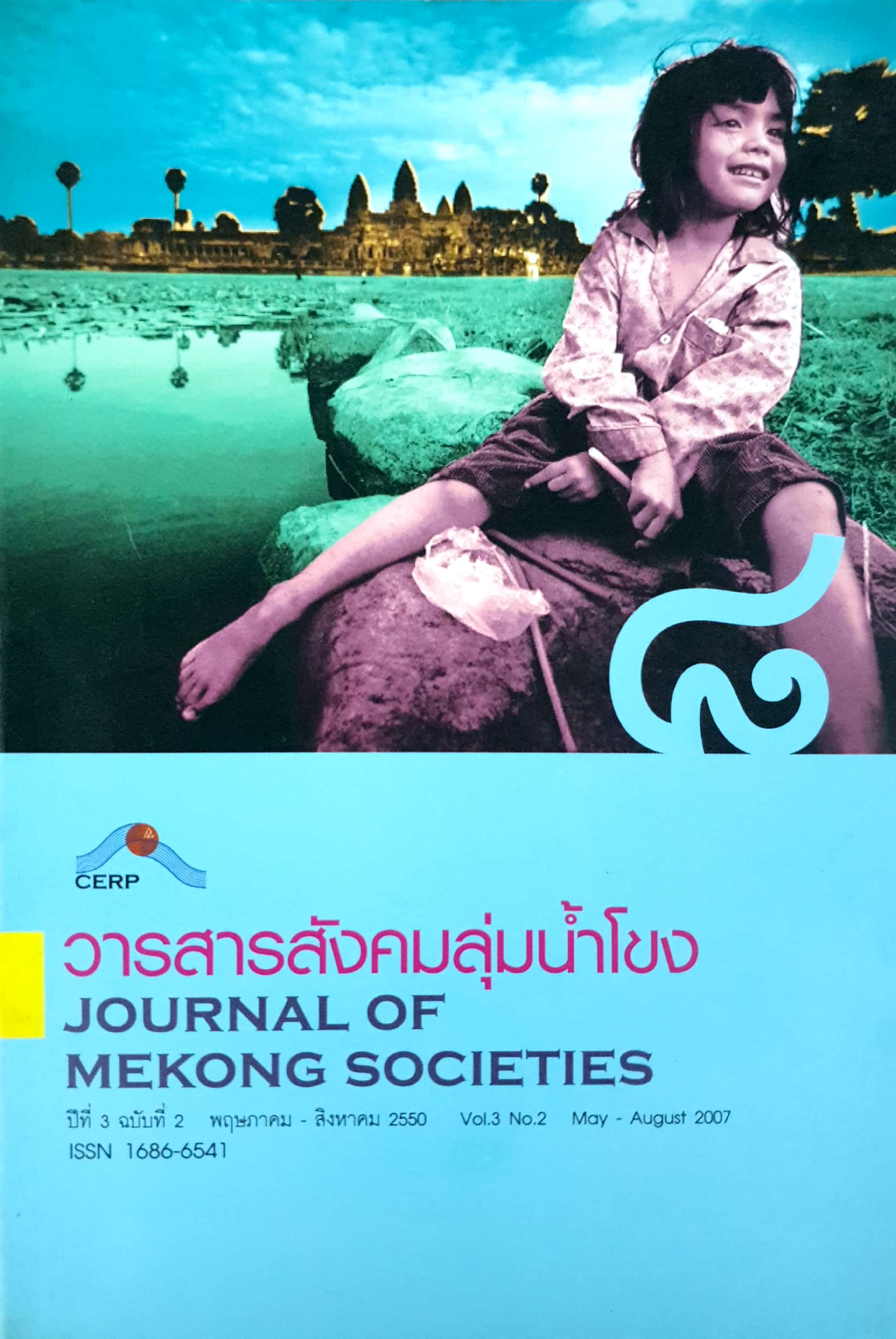Anantariya-kamma in Esarn tradition
Main Article Content
Abstract
The term “Anantariya-kamma” refers to an act or action that brings immediate consequences. According to Buddhist teachings, it is the most serious category of unskillful acts with the strongest consequences. Whoever commits this kind of act will necessarily fall into a state of misery. When the consequences of such an act are finished, one will have the opportunity to receive the results of good acts performed in the past. The concept of Anatariya-kamma appears in Isan literary writing and traditions. It includes five acts: matricide (Matugaata), patricide (Pitughata), killing an Arahant (Arahantaghaata), wounding a Buddha (Lohituppada), and the creation of a schism in the sangha (Sanghabheda). The source of the ideas is a combination of writings on Anantariya-kamma from the Tripitaka together with the writer’s explanations and ideas. Consequently, the meaning of Anantariya-kamma in some literary writings is different from Buddhist scriptures. Some writings discuss only certain acts. Therefore, Anantariya-kamma is said to consist of prohibitions for Isan society in general.


